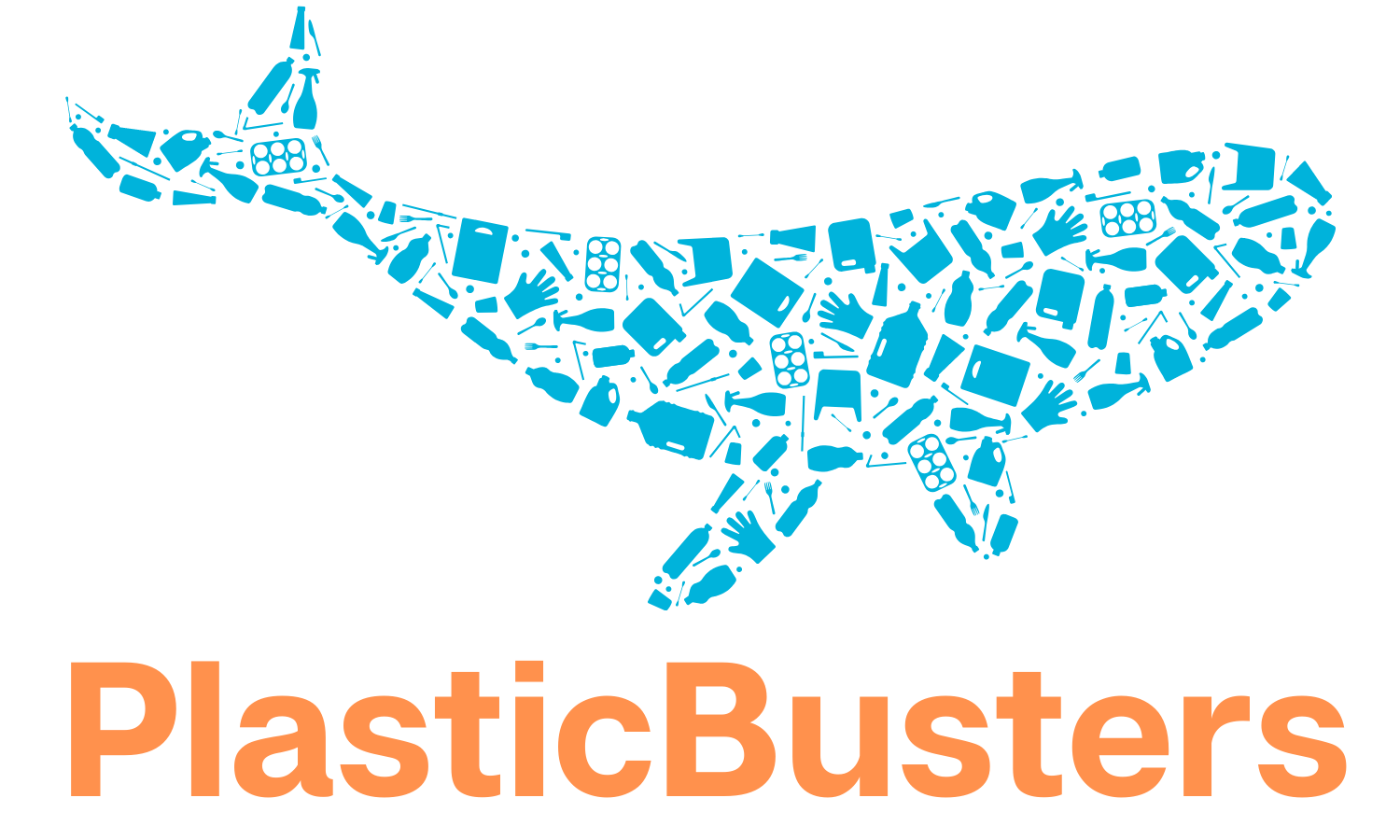Reduce Your Environmental Impact from the Comfort of Your Own Couch
Now that the festivities of the holiday season and New Year have passed, many people find themselves in a ‘January lull’, locked indoors to avoid the cold weather and dark nights, waiting for Spring to arrive. If this is you and you’d like some simple activities to pass the time while reducing your environmental impact in the process, this article is for you. Whether you made a New Year’s resolution to be more environmentally conscious or you just aren’t interested in that new series your family are bingeing, this article offers a few simple tips to reduce your environmental footprint with nothing more than your laptop.
1. Switch bank/building society
people consider their own individual sustainability, they often alter their spending habits; how they use their money. However, the money we aren’t spending is just as important as the money we spend. When you deposit money into current accounts and savings accounts, your bank or building society doesn’t just keep it for you, they use it in funding their own loans and investments. Thus, the place you choose to save your money is just as important as the places you choose to spend it as banks can use your money to invest in fossil fuels, arms, and mining industries. Your bank could, therefore, be offsetting the positive impact you have as an individual by investing in unsustainable and unethical industries. With this in mind, one of the most sustainable actions you can make is to switch your bank account to an ethical bank or building society.
Next time you’re locked indoors to escape the cold January weather, scrutinise your own bank’s sustainability rating and where they invest the money you save – you might be surprised at what you find behind the greenwashing. If your bank’s rating is a little lower than you’d hoped, why not switch and put your saved money to sustainable use? Switching current accounts and savings accounts is easier than ever and can often be done from the comfort of your own sofa. Banks like Triodos, Monzo, Starling, ASN Bank, Aspiration, and Co-operative Bank make a more positive impact, investing your money in renewable energies, community projects, and green start-ups.
2. Delete/Unsubscribe from spam
This may be the least obvious tip on the list, but it is effective, nonetheless. For most of us, we sign up to some mailing list to get a 10% discount on our first online purchase or get updates on new deals and then forget all about the ensuing promotional spam emails. However, even when we forget about these spam emails and promotional messages, they still generate GHG emissions. All emails that are sent over the internet need to be stored somewhere. For the most part, these are stored in servers within big data centres which consume huge amounts of electricity. To put it into numbers, spam mail energy usage results in 33 billion kilowatt-hours (kWh) – that’s enough to power 2.4 million homes.
Thus, just by going through your inbox and deleting unwanted emails, or unsubscribing from unwanted mailing lists, you can reduce your environmental footprint. This has got to be one of the easiest ways to reduce your own impact, without conflicting with any other aspects of your life or preferences. What are you waiting for; next time you find yourself aimlessly scrolling social media, start scrolling (and deleting) your email inbox instead.
3. Order sustainable takeaway
Have you finally used up that leftover turkey and need to restock the kitchen cupboards after Christmas? Are you a New Year health kick and avoiding your regular fast-food takeaway? Next time you feel like ordering in rather than cooking, why not use apps like Olio, Karma and Too Good to Go to save some perishable food from going to the waste bin (and get great discounts while you’re at it).
With Too Good to Go’s ‘magic bag’, you can get a surprise selection of takeaway food from local independent cafes/restaurants, and large chains (including Pret a Manger, Yo Sushi, Greggs, and Starbucks) for a minimum discount of 50% off the original price. Too Good to Go can even be used for your next grocery shop and is set to save you a lot of money, with some customers boasting a £50 food haul for just £2.50 from shops like Morrisons and Carrefour. If you aren’t a fan of surprises, other apps like Karma work the same way, you just get to see which discounted food items are available and choose the ones you want. Whether you’re on a health kick or binge eating the January blues away, these apps have options for everyone (from fresh fruit to fast-food takeaways) and will save you a lot of money in the process – check them out!
4. Sustainable online shopping
If you're shopping online for the last of the January deals, you can greatly limit your environmental impact by shopping sustainably. A great way of reducing your environmental impact is to shop second-hand or within the circular economy. Some useful websites/ apps for finding second-hand items include Olio, Ebay, Freecycle,Facebook Marketplace, Mercari, and Gumtree.
If you’re looking to revamp your wardrobe for the new year, websites/apps like Depop, Poshmark, thredUP,and Vinted are great for finding unique second-hand and vintage clothes. Alternatively, if you don’t like the idea of wearing second-hand clothing but still want to reduce your environmental impact, consider how sustainable the company you’re purchasing from is. While buying brand new clothing items is never truly sustainable, some brands definitely leave more of an impact on the environment than others. This is especially true for the fast-fashion and high-street clothing industries, which are responsible for generating 258 tonnes of waste every day from single-use outfits (in fact, 25% of fast-fashion products remain unsold and become textile waste without ever being used). These types of clothing have a short lifespan and often aren’t recyclable. As a result, many of these garments end up as pollution and exported to the Global South to be disposed of, pushing the consequences of consumption to more vulnerable nations. For example, in 2019 alone, Kenya received 74,000 tonnes of textile waste which accumulates in overflowing dump sites. Furthermore, although fast fashion products are often cheaper than sustainable and recycled garments, the lower cost paid by the consumer comes at the expense of those at the beginning of the value chain; fast fashion companies rely on child labour and dismal working conditions to achieve their low-price marks. There is, therefore, a lot to keep in mind when shopping online – what impact do your purchases have on the environment and people in less developed nations who helped produce them?
Ultimately, whether you purchase brand new clothing or buy second-hand, it is important to remember “the most sustainable piece of clothing is the one already in your wardrobe”. So, make sure you like what you buy, and wear it (lots).
5. Start a conversation
If you’re passionate about the environment and you want to encourage others to be more sustainable, the best thing to do is just start a conversation about it. Next time you’re gathered round in the kitchen or living room, talk to close friends and family members about your own personal beliefs and opinions – it can be a great opportunity to educate your loved ones and inspire them to take their own individual action.
If your family and friends are already on board, you can take the topic further, raising it with your workplace or local clubs & social groups. Individual action is a great way to reduce your personal environmental damage but altering the behaviour of companies and organisations can have an even greater impact. Why not start a conversation with your work colleagues or your local sports club; is there an environmental policy in place, what can be done to create one or raise awareness of an existing policy? You may find people in your organisation are like-minded when it comes to waste and the environment and instil a new sustainable culture – you could even sign your organisation up to one of Plastic Buster’s initiatives to reduce waste around your workplace/social space.
6. Do some research
Maybe you don’t have enough confidence in your knowledge of the climate crisis to start conversations with friends, family, and work just yet. Why not dedicate some of your idle time to learning more about the issue and how you can have a positive impact. The internet is filled with helpful resources to learn more about the environmental crisis and how you may be contributing to it. Starting right here on the Plastic Busters website (resources), there are lots of educational pieces which may help you understand different types of plastic and how they can be recycled. Beyond this, you could read news articles, academic papers, or even listen to podcasts on environmental topics that interest you most. Podcasts like ‘The Climate Question’ from the BBC World Service and ‘TED Climate’ offer a lighter introduction to many of the issues at the centre of the climate crisis for anyone who isn’t quite ready to get their teeth into a scientific paper. Next time you’re cooking dinner, drown out the noise of the kettle and extractor fan with a podcast episode you want to learn more about.
As always, these are just some ideas of places you can start to think about your environmental footprint, it is by no means an exhaustive list. We’d love to hear any ideas and tips you may have of your own – drop us an email at mail@plasticbusters.org and let us know!
Written By David Gilliand
References:
https://medium.com/@parthgarg19/what-if-deleting-emails-could-save-our-planet-8667584367ee
https://greenecofriend.co.uk/ethical-banks-uk/
https://www.theguardian.com/environment/green-living-blog/2012/feb/10/ethical-bank-account
https://earth.org/statistics-about-fast-fashion-waste/
https://www.expatrepublic.com/banks-netherlands/
https://www.sustainablejungle.com/sustainable-finance/socially-responsible-banks/
https://www.forbes.com/advisor/banking/aspiration-financial-review/
https://www.ethicalconsumer.org/money-finance/shopping-guide/current-accounts






